F-35 Cleared For Full-Rate Production 17 Years After Its First Flight
F-35 首飞 17 年后获准全速生产
The F-35 has been cleared for full-rate production, although there are lingering issues with preparations for its critical Block 4 upgrade.
F-35 已获准进行全速生产,尽管其关键的 Block 4 升级准备工作仍存在问题。
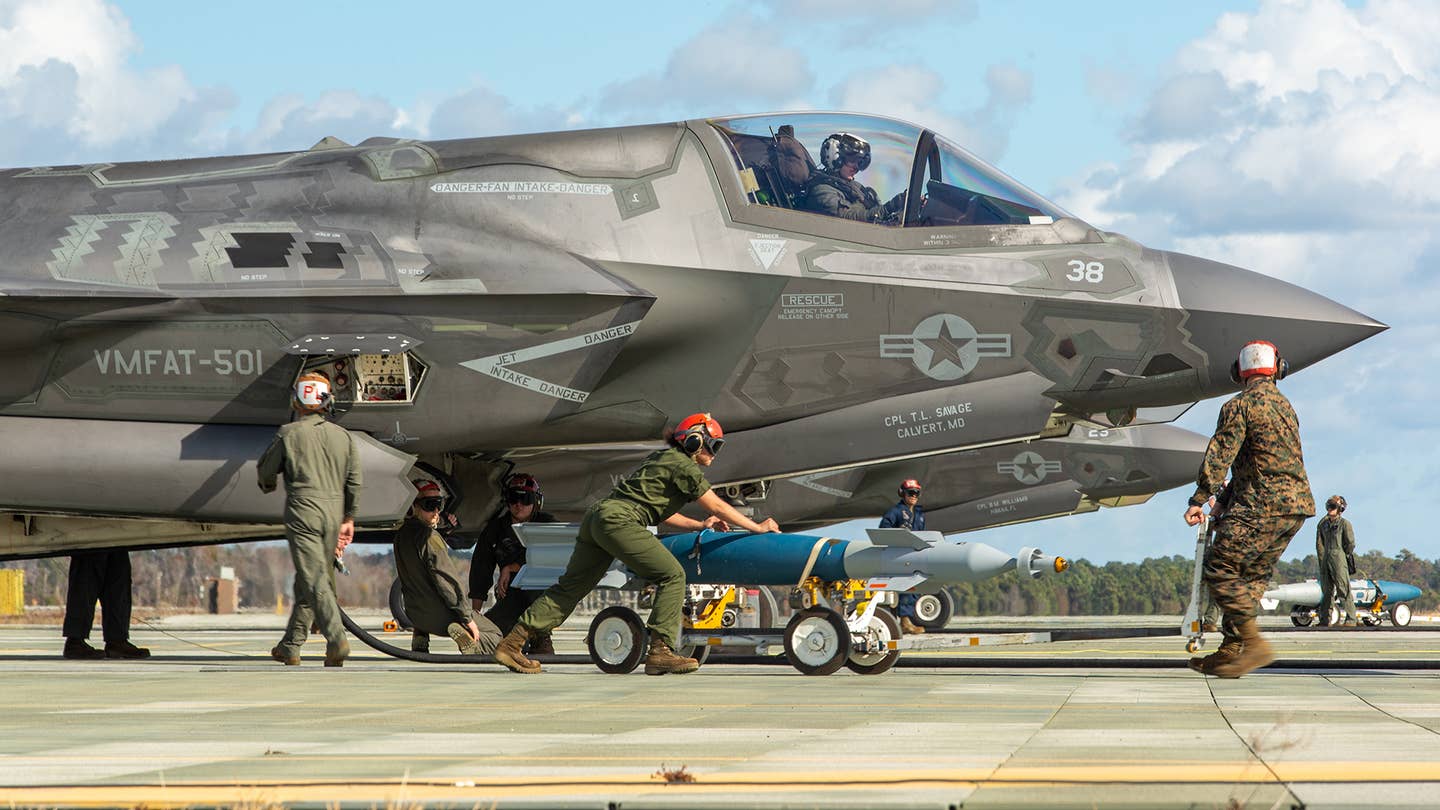
(美国海军陆战队照片,由首席准尉布莱恩·尼加德拍摄)
The F-35 stealth fighter has finally been cleared for full-rate production, 17 years after the aircraft first took to the air, and almost 23 years after Lockheed Martin won the contract for the Joint Strike Fighter. The decision to move forward, known as Milestone C, is hugely significant for the Joint Strike Fighter program, but it comes at a time in which the U.S. military is not accepting new aircraft, with concerns about the status of the Block 4 upgrades that are seen as a cornerstone of the F-35’s future development potential.
F-35 隐形战斗机终于获准全面生产,这是自飞机首次起飞以来的 17 年,也是自洛克希德·马丁公司赢得联合打击战斗机合同近 23 年的时间。继续前进的决定,即 C 里程碑,对联合打击战斗机计划意义重大,但此时美国军方不接受新飞机,担心 Block 4 升级的进展,这被视为 F-35 未来发展潜力的基石。
The memo approving the Milestone C decision was signed yesterday by William LaPlante, the undersecretary of defense for acquisition and sustainment, according to the Pentagon. LaPlante chairs the Defense Acquisition Board, which had met on March 7 to consider whether the F-35 was ready for full-rate production.
据五角大楼称,国防部采办与维持次长威廉·拉普兰特昨日签署了批准 C 里程碑决策的备忘录。拉普兰特主持国防采办委员会,该委员会于 3 月 7 日开会,讨论 F-35 是否准备好进行全速生产。
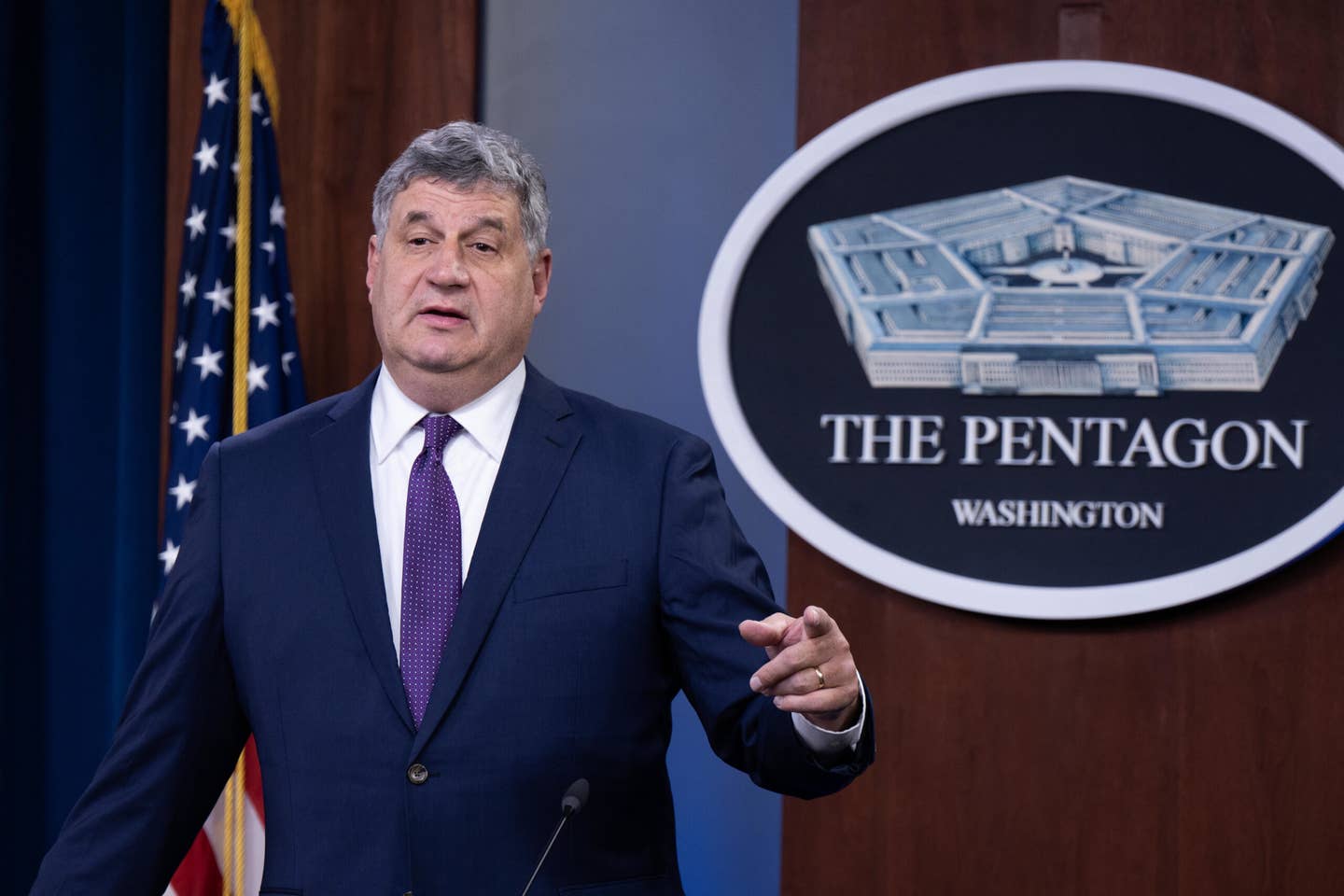
国防部采办与维持副部长威廉·拉普兰特博士在五角大楼举行新闻发布会。美国海军二等兵詹姆斯·K·李拍摄。
“This is a major achievement for the F-35 program,” LaPlante said in the statement. “This decision — backed by my colleagues in the department — highlights to the services, F-35 cooperative program partners, and Foreign Military Sales customers that the F-35 is stable and agile, and that all statutory and regulatory requirements have been appropriately addressed.”
这对 F-35 项目来说是一个重大成就,”LaPlante 在声明中说道。“这一决定得到了我在部门中的同事的支持,向各军种、F-35 合作项目伙伴和外国军售客户表明,F-35 是稳定且灵活的,所有法定和监管要求都得到了适当处理。”
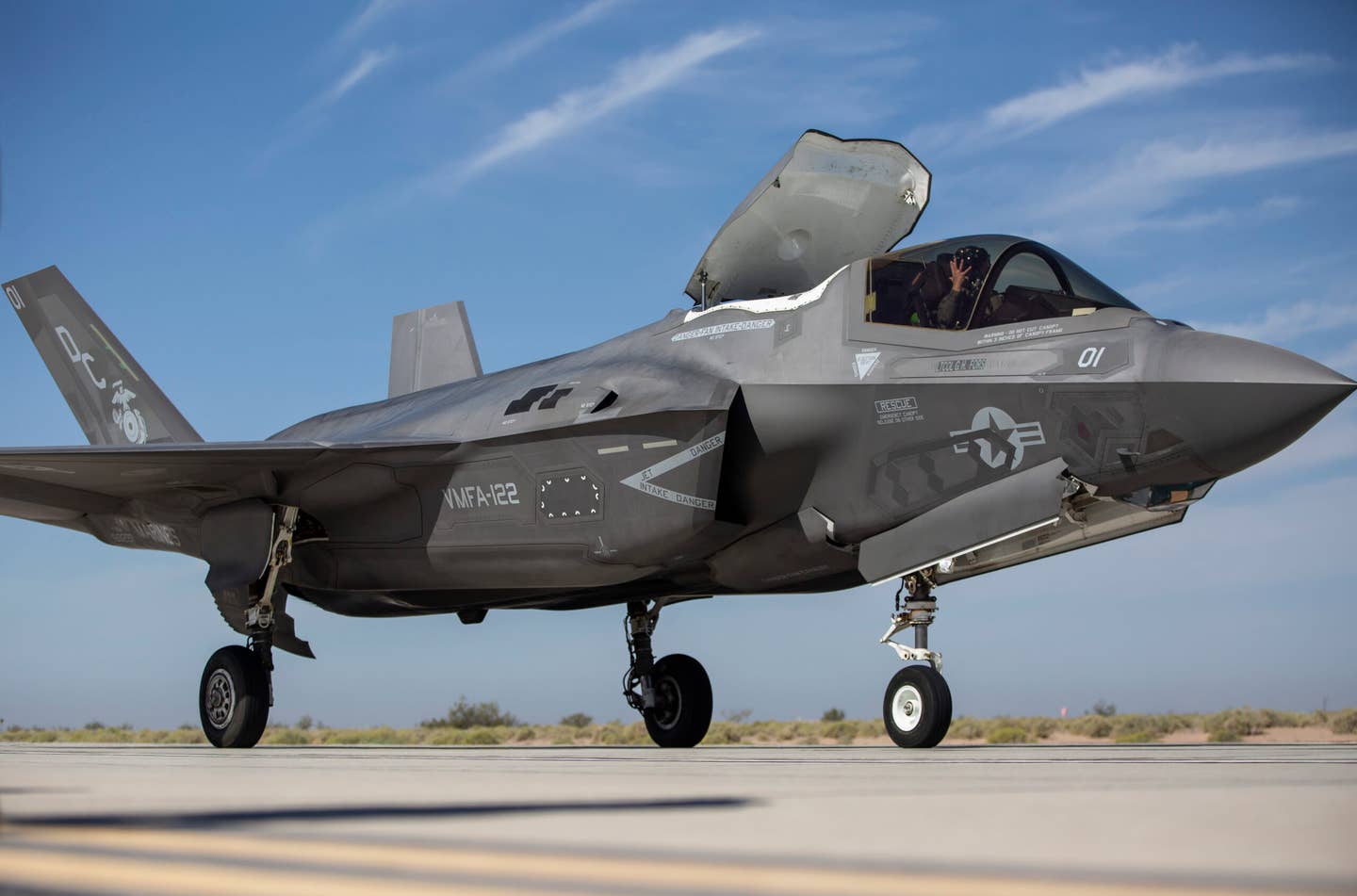
2021 年,驻扎在亚利桑那州尤马海军陆战队航空站的海军战斗攻击中队 122 的一架 F-35B 进行远征先进基地作战(EABO)模拟训练。美国海军陆战队摄影:兰斯上等兵胡安·阿纳亚。
The full-rate production decision for the F-35 came more than four years later than had been planned, and this timeline had been pushed to the right multiple times before that. The primary reason for the latest holdup was delays with the so-called Joint Simulation Environment tests, which were designed to put all three versions of the aircraft through a range of realistic and complex scenarios, designed to replicate real-world operations.
F-35 的全面生产决定比原计划晚了四年多,而且在此之前这个时间表已经被推迟了多次。最新拖延的主要原因是所谓的联合模拟环境测试的延误,这些测试旨在让飞机的三个版本经历一系列逼真而复杂的场景,以模拟真实世界的操作。
Running to 64 test points, the Joint Simulation Environment tests were finally wrapped up at Naval Air Station Patuxent River in Maryland, last September 21.
在马里兰州帕图森特河海军航空站进行的联合模拟环境测试最终完成了 64 个测试点,时间是去年的 9 月 21 日。
In the meantime, 1,000 F-35s have been built for the U.S. Air Force, Navy, and Marine Corps, as well as foreign customers.
与此同时,已经为美国空军、海军、海军陆战队以及外国客户建造了 1,000 架 F-35 战机。
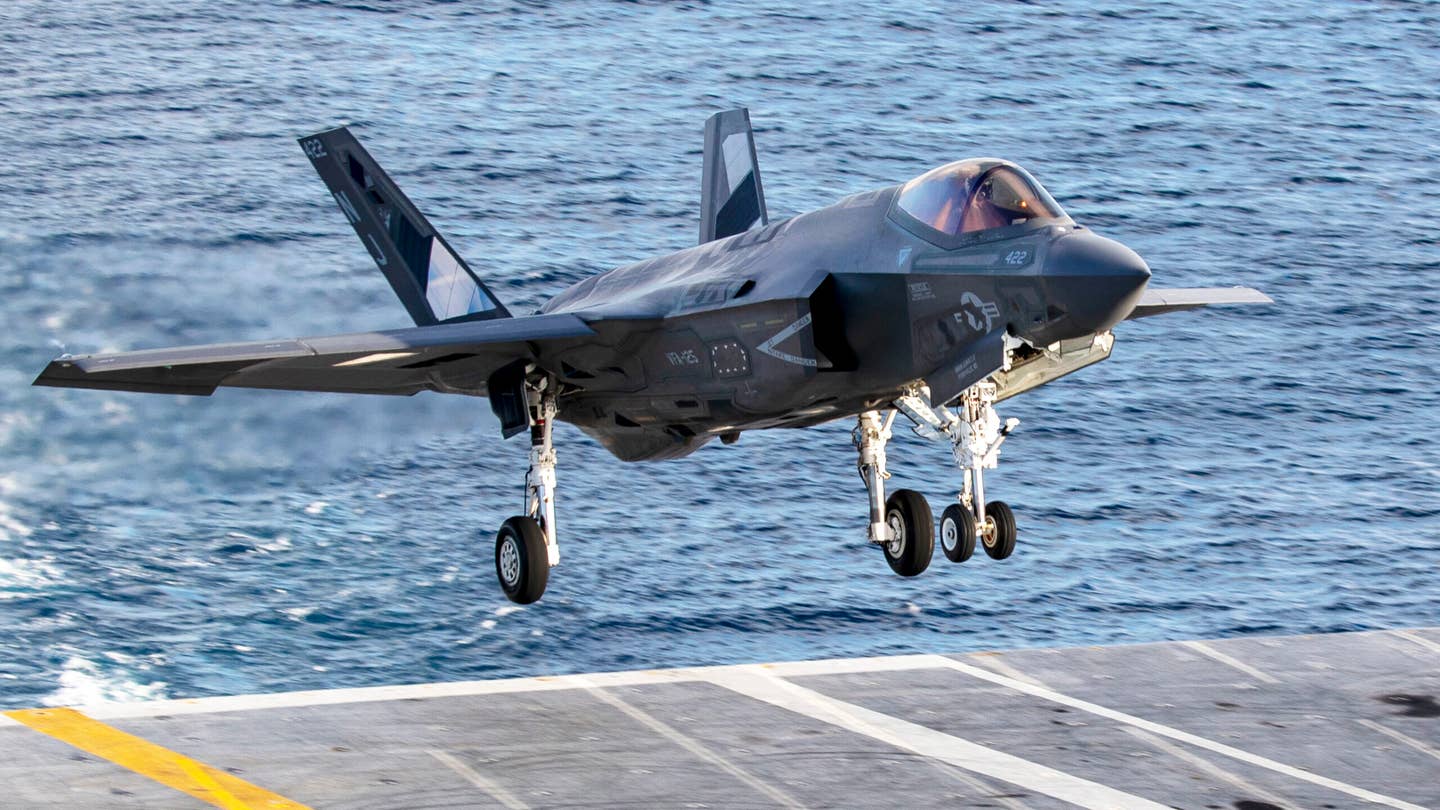
一架 F-35C 战斗机,隶属于海军打击战斗机中队 125,准备在尼米兹级航空母舰林肯号(CVN-72)的飞行甲板上进行阻拦降落,执行太平洋常规任务。美国海军摄影师 Seaman Sonny Escalante 拍摄。
While the numbers involved were impressive, there remained concern within the Pentagon that the Joint Strike Fighter enterprise was falling short in important areas. The aircraft’s manufacturing process, performance and reliability, and its sustainment and support systems were all flagged up as areas that needed to be addressed ahead of Milestone C.
尽管涉及的数字令人印象深刻,但五角大楼内部仍然担心联合打击战斗机项目在重要领域存在不足。飞机的制造过程、性能和可靠性,以及其维持和支持系统都被指出需要在 C 里程碑之前解决。
“The F-35 enterprise has made significant improvements over the last decade, and we will always be driven to continuously improve sustainability, interoperability, and lethality so warfighters have the capability needed to fight and win when called to do so,” F-35 program executive officer Lt. Gen. Mike Schmidt said. “Moreover, the program and our great people can now focus on the future of the F-35 instead of the past.”
F-35 项目执行官迈克·施密特中将表示:“过去十年,F-35 项目取得了显著进展,我们将始终致力于不断提高可持续性、互操作性和杀伤力,以确保作战人员在需要时具备战斗和取胜的能力。此外,该项目和我们伟大的团队现在可以专注于 F-35 的未来,而不是过去。”
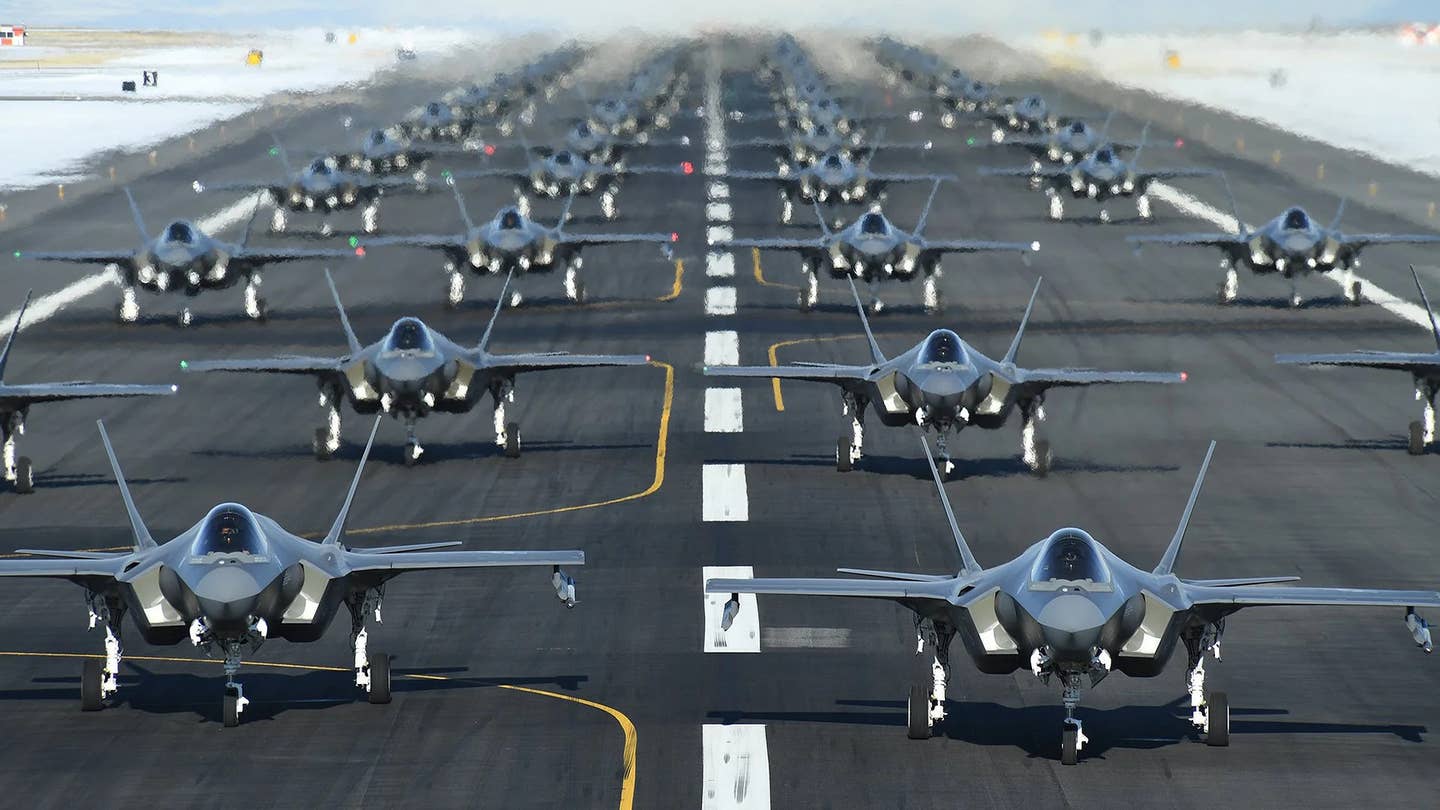
While the Pentagon now says it’s confident that the Joint Strike Fighter program can “efficiently produce and deliver the next generation” of aircraft, the situation on the ground is a little more complex.
The latest accomplishment is overshadowed somewhat by the ongoing saga surrounding the development and testing of the Tech Refresh-3 (TR-3) hardware configuration. This is a set of hardware and software changes that effectively underpin the F-35’s future capabilities, known collectively as Block 4.
With ongoing delays to TR-3, completed F-35s are being parked as soon as they come off the production line and are not being delivered, until they receive these new features.
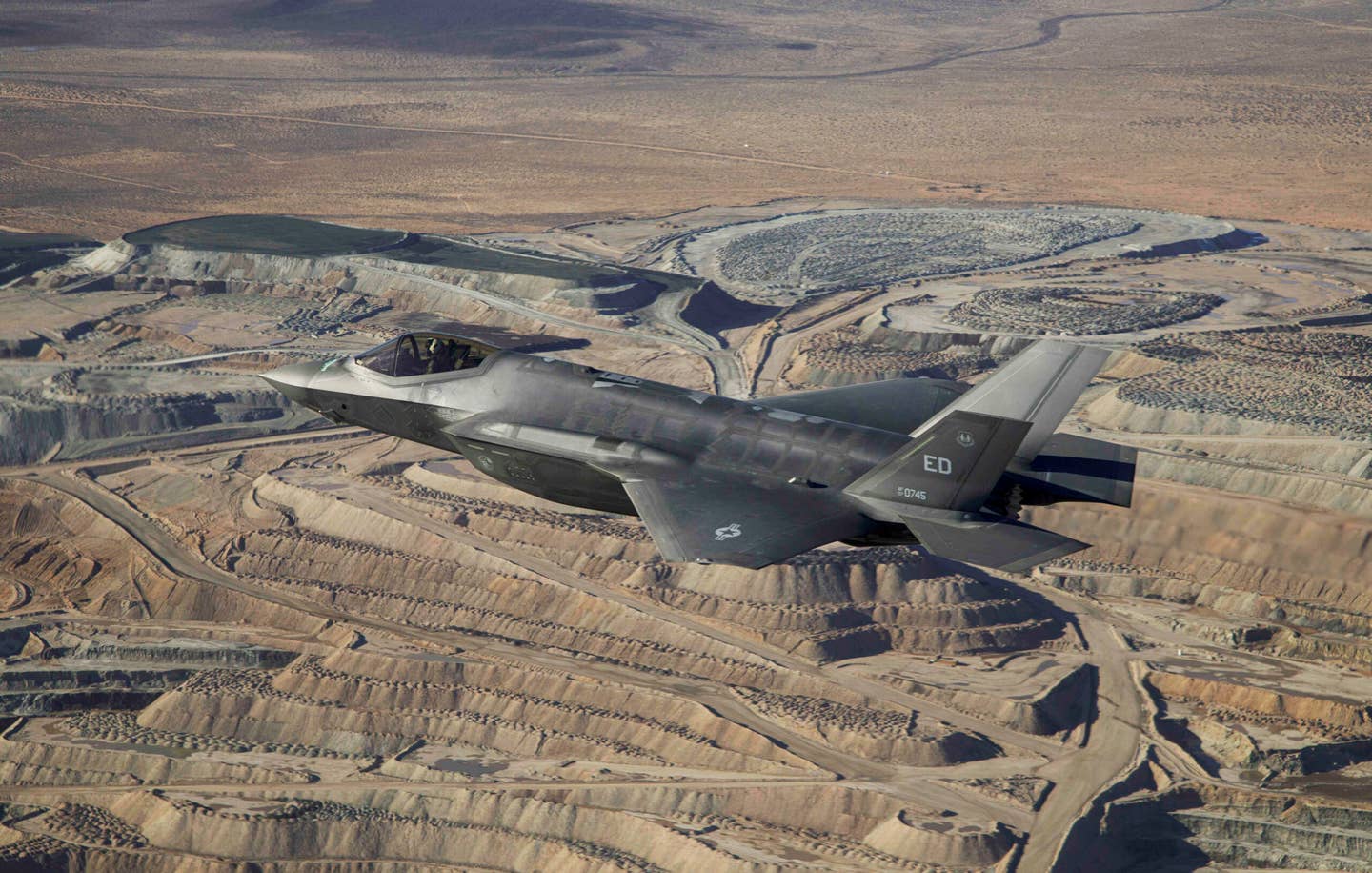
In January, just after Lockheed Martin announced it had completed the 1,000th F-35, the company provided The War Zone with the following statement:
“We continue to produce F-35s at rate and have jets in various stages of the final production process. Once these jets receive the necessary TR-3 hardware and final TR-3 software is available, they will continue through the production process, including parking until they are delivered.”
The first flight of an F-35 test jet with a version of the TR-3 backbone took place in January 2023. Since then, however, efforts to create a dedicated TR-3 test force have been hampered by the increasing age of current test jets and limitations relating to other test infrastructure, especially software labs on the ground, among other issues.
Once Block 4 comes online, it will give the F-35 advanced new capabilities, including much-expanded processing power, new displays, enhanced cooling, new EOTS and DAS electro-optical sensors, and a host of additional weapons that will greatly help the aircraft reach its potential. Perhaps most significant are the F-35’s new radar and electronic warfare suite. The head of Air Combat Command has even gone on record to say that the electronic warfare aspect is the biggest advantage associated with Block 4.
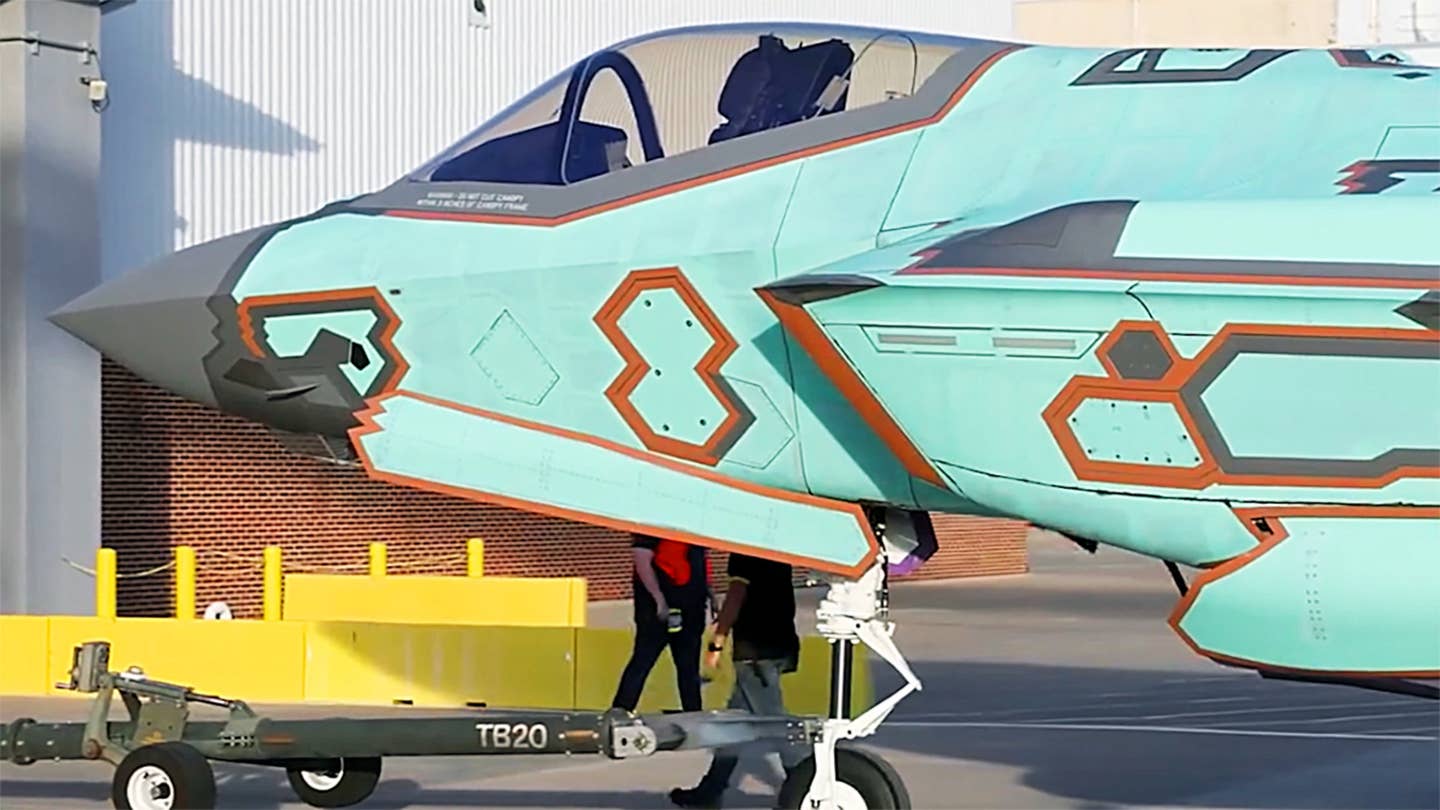
There’s no doubt that Block 4 promises to bring some major capability enhancements to the F-35 and is eagerly awaited. But for the time being it’s being held up by issues with TR-3, which has and continues to suffer numerous delays in its development as well as contributing to significant cost overruns.
Meanwhile, global demand for the F-35 continues to grow, driven by recent geopolitical events and new and emerging threats. This has seen a spike in customers for the Joint Strike Fighter, including some that would have been considered unlikely candidates just a couple of years ago.
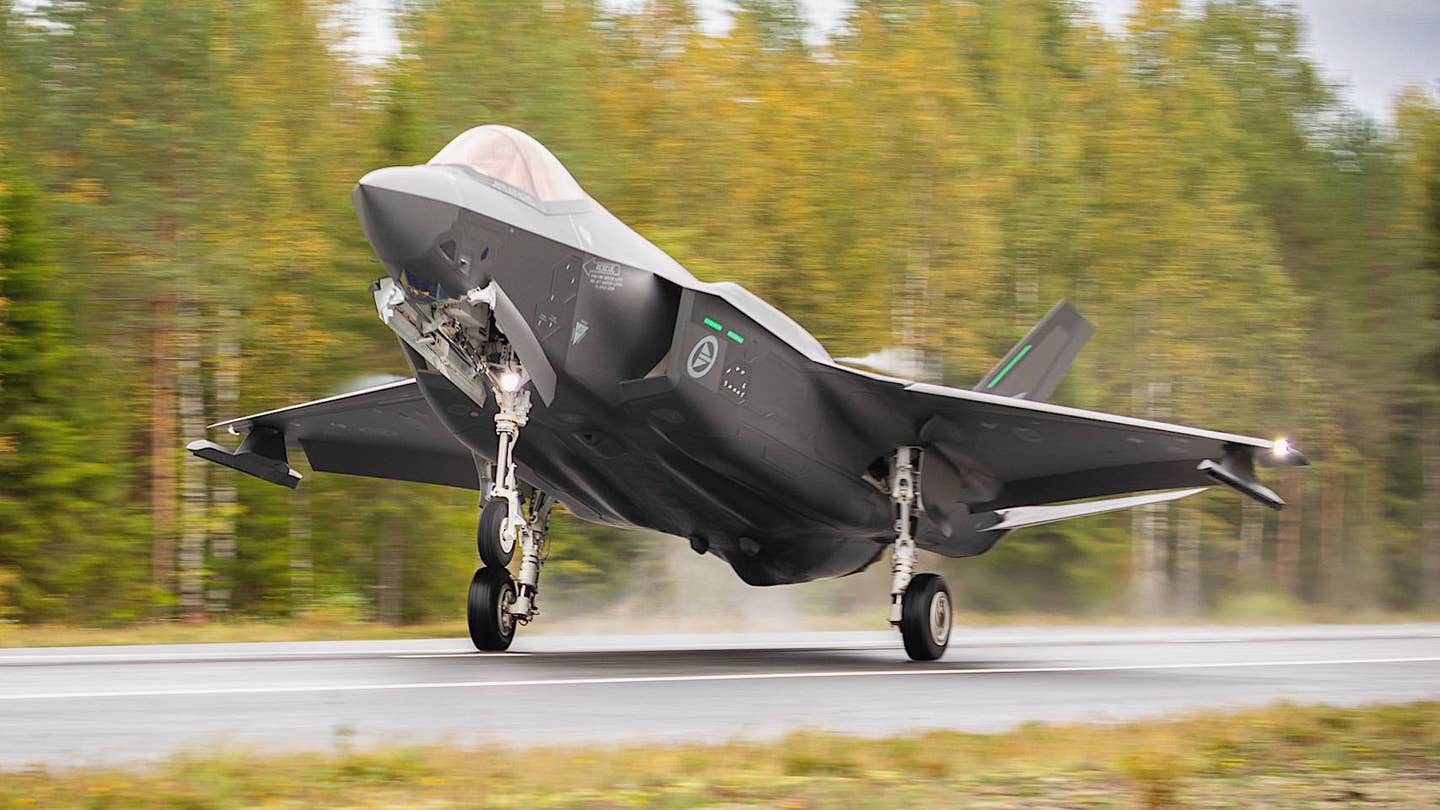
Back in December, it was expected that the development of TR-3 would be completed sometime between April and June of this year, according to Defense News. After that, the TR-3 enhancements will still need to be incorporated into the existing jets, which will take yet more time.
In January, Lockheed Martin said it didn’t expect F-35 deliveries to resume until late this summer, but the company also confirmed that the Joint Program Office and F-35 partners were considering accepting jets before then, without the fully validated TR-3 hardware and software. The status of this possible workaround is not currently clear.
Separate from TR-3, the F-35 program is working on upgrades to the Pratt & Whitney F135 engines that power all variants of the Joint Strike Fighter, as well as power and thermal management systems. These will also be critical for enabling Block 4 capabilities but the engine issue has also been controversial, as you can read more about here.
All these factors don’t seem to have had much impact on foreign interest in the F-35. Indeed, with a scaling back of U.S. Air Force orders in the coming fiscal cycle, international customers are likely to get their aircraft quicker, taking up newly freed slots on the production line in the short term. Long-term, the U.S. Air Force says that there is no change to how many F-35As it ultimately plans to acquire in total.
With the Lockheed Martin line already working to near full capacity, the Milestone C decision also won’t likely see a dramatic change in the number of jets coming out of the factory. Currently, the production rate is around 150 aircraft annually.
Even with the current hiatus on F-35 deliveries, few would bet against the F-35 securing more customers. With that in mind, the full-rate production decision will only further cement the fifth-generation fighter’s popularity.
Contact the author: thomas@thewarzone.com


